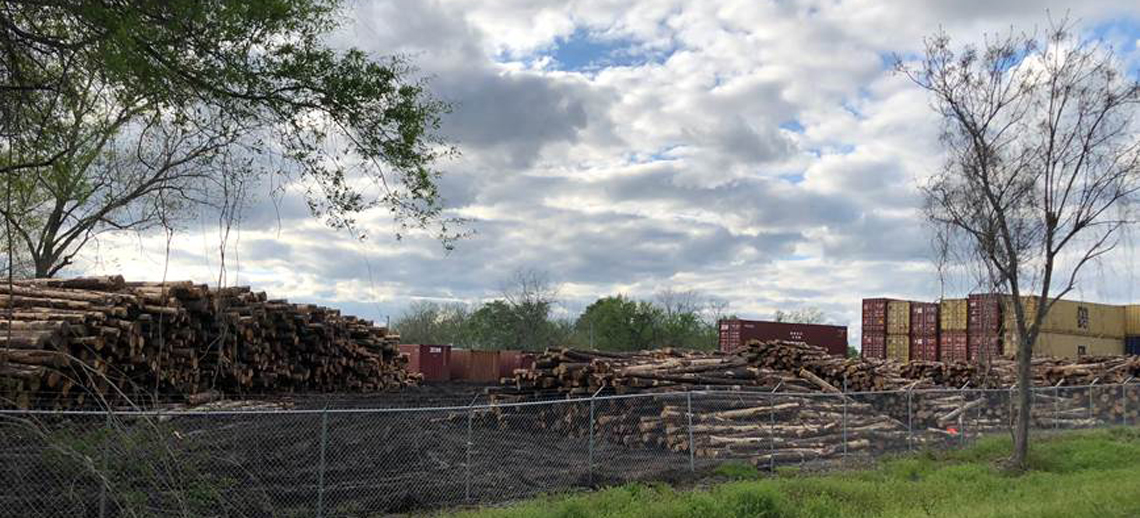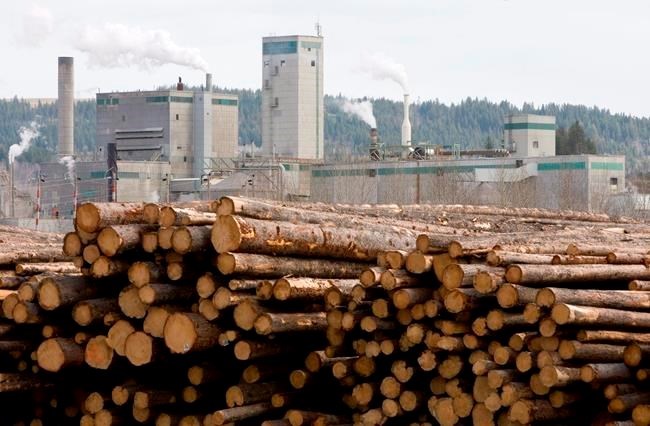It sounded good to someone. Convert the coal-fired plant to biomass. The only problem is there isn't that resource in the country so England is importing it and taking down a ton of forest to supply these plants. They are burning 10 million tons of wood pellets annually. How is this sustainable or even sensible?

 www.policynote.ca
www.policynote.ca

Burning our way to a new climate? - CCPA
As UK’s Drax makes play for BC’s wood pellet mills, questions grow about wood-fired electricity With its six massive 660-megawatt power units, the Drax power station in North Yorkshire is the United Kingdom’s largest thermal electricity plant. When it opened in the mid 1970s, the giant facility...




 . Many of the Southeast pellets producers use fast rotation trees that are closer to big uniform weeds than trees. Its closer to conventional farming than tree farming. They just snip the trunks off and grind it before sending it to the pellet plant.
. Many of the Southeast pellets producers use fast rotation trees that are closer to big uniform weeds than trees. Its closer to conventional farming than tree farming. They just snip the trunks off and grind it before sending it to the pellet plant. 

